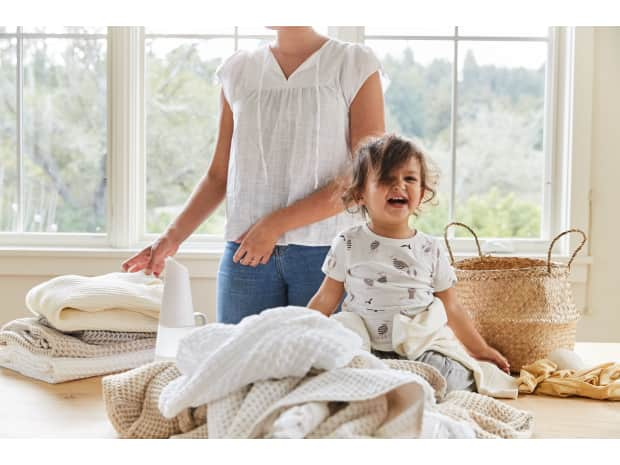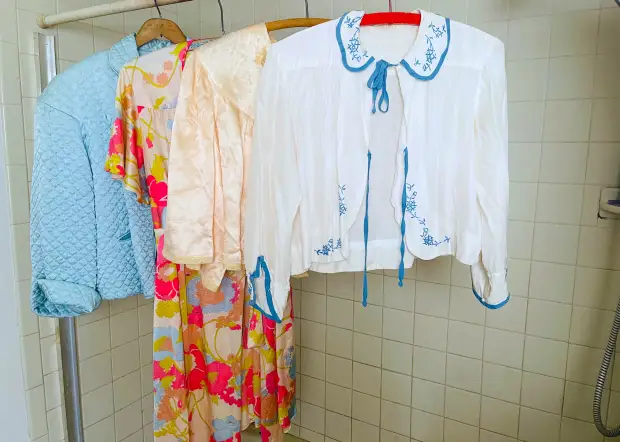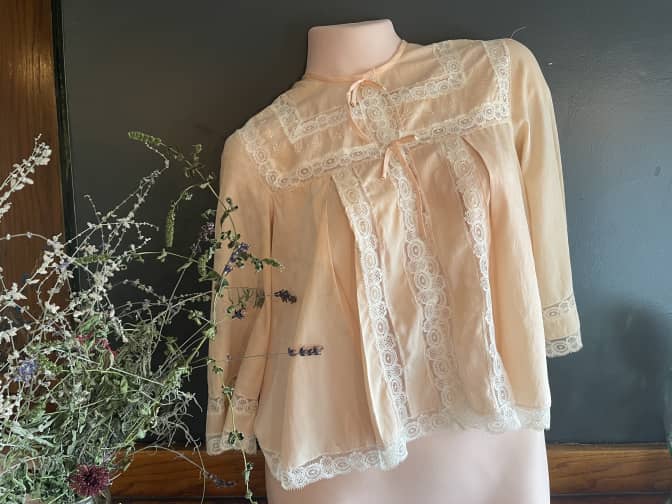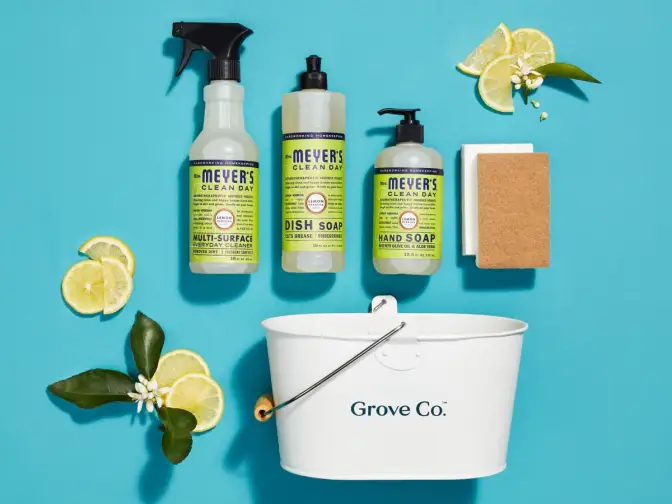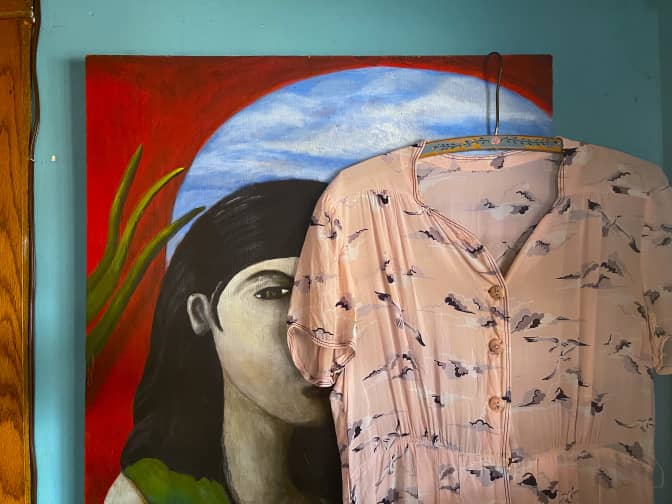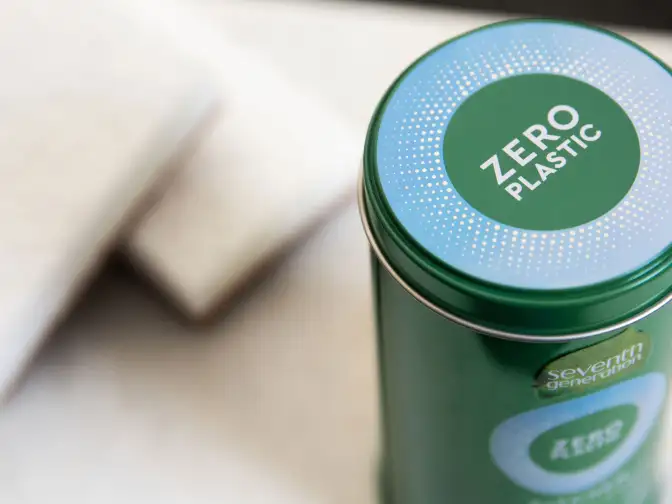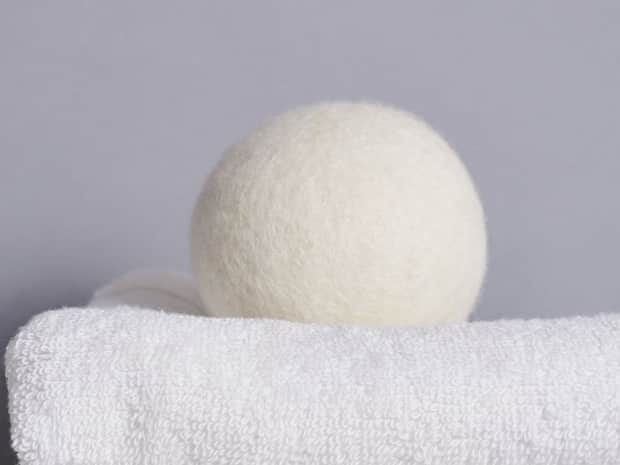Curious about sustainable fashion? Need some rec’s for the best places to donate your old duds?
Here are the answers to some commonly asked questions about vintage and second-hand clothes so you can go forth and thrift with confidence.
Why is it better to buy second-hand and vintage clothes?
Buying second-hand isn’t just cool—it’s better for the environment!
Did you know that global fashion accounts for 93 billion metric tons of water each year? It’s also responsible for 10 percent of greenhouse gas emissions and uses more energy than aviation and shipping sectors combined. Yikes.
What’s the difference between second-hand and vintage?
Vintage fashion falls under the category of second-hand, but the clothes are at least 20 years old.
Second-hand clothes are newer but still used. In order to be considered antique, clothes need to be 100 years or older.
Can you catch diseases from second-hand clothes?
Certain diseases like dermatitis and scabies can be transferred from wearing unwashed second-hand clothes.
Bed bugs may also hitch a ride into your home on second-hand clothes, so It’s always a good idea to wash your thrifted finds if you can.
Should you wash clothes before donating them?
Definitely wash your clothes before donating them.
Most thrift stores don’t wash clothes before selling them and ask that you don’t donate dirty items.
What is the most helpful place to donate clothes?
Homeless shelters, domestic violence centers, refugee organizations, and LGBTQ+ centers are all great places to donate clothes.
Call the non-profit organizations in your area or check out their websites to see when and where they take donations.
BIO: Mackenzie Sanford is a writer and musician fan-girling over Billy Idol (then and now) in the Midwest.
